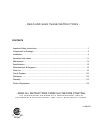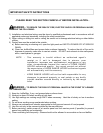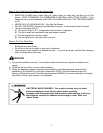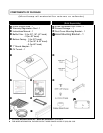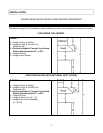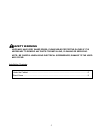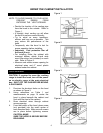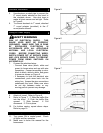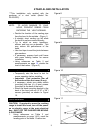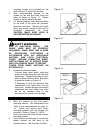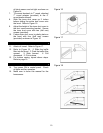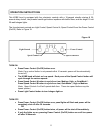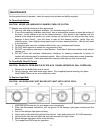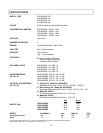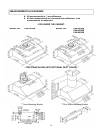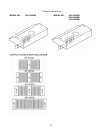
8
STAND ALONE INSTALLATION
***This installation only applied with the
purchase of a duct cover (Model No.
RA1020DC).
Preparation before Installation
NOTE: TO AVOID DAMAGE TO YOUR
HOOD, PREVENT DEBRIS FROM
ENTERING THE VENT OPENING.
Decide the location of the venting pipe
from the hood to the outside. (Figure 1)
A straight, short venting run will allow
the hood to perform more efficiently.
Try to avoid as many transitions,
elbows, and long run as possible. This
may reduce the performance of the
hood.
Use duct tape to seal the joints between
pipe sections.
If necessary, prepare back wall frame
with cross framing lumber for secure
installation.
Using references on Table 2 and
measurements on page 13, decide the
level of the lumber. (Figure 2)
Hood Preparation before Installation
Temporarily wire the hood to test for
proper operation before installing.
Important: Peel protective film off
the hood and the duct cover (if any).
If necessary, attach two rubber stands
(provided) with two (4 x 8 mm) screws
(provided) to the back of the hood.
Attach the hood-mounting bracket to the
back of the hood with six (3/16” x 3/8”)
screws (provided) as shown In Figure
10.
Hood Installation
CAUTION: If required to move the cooking
range to install the hood, turn off the power
on an electric range at the main electrical
box. SHUT OFF THE GAS BEFORE MOVING
A GAS RANGE.
1. Using references on Table 2 and
measurements on page 14-15, mark the
leveling point of the hood. Position two
Figure 8
Figure 9
Figure 10
Figure 11



